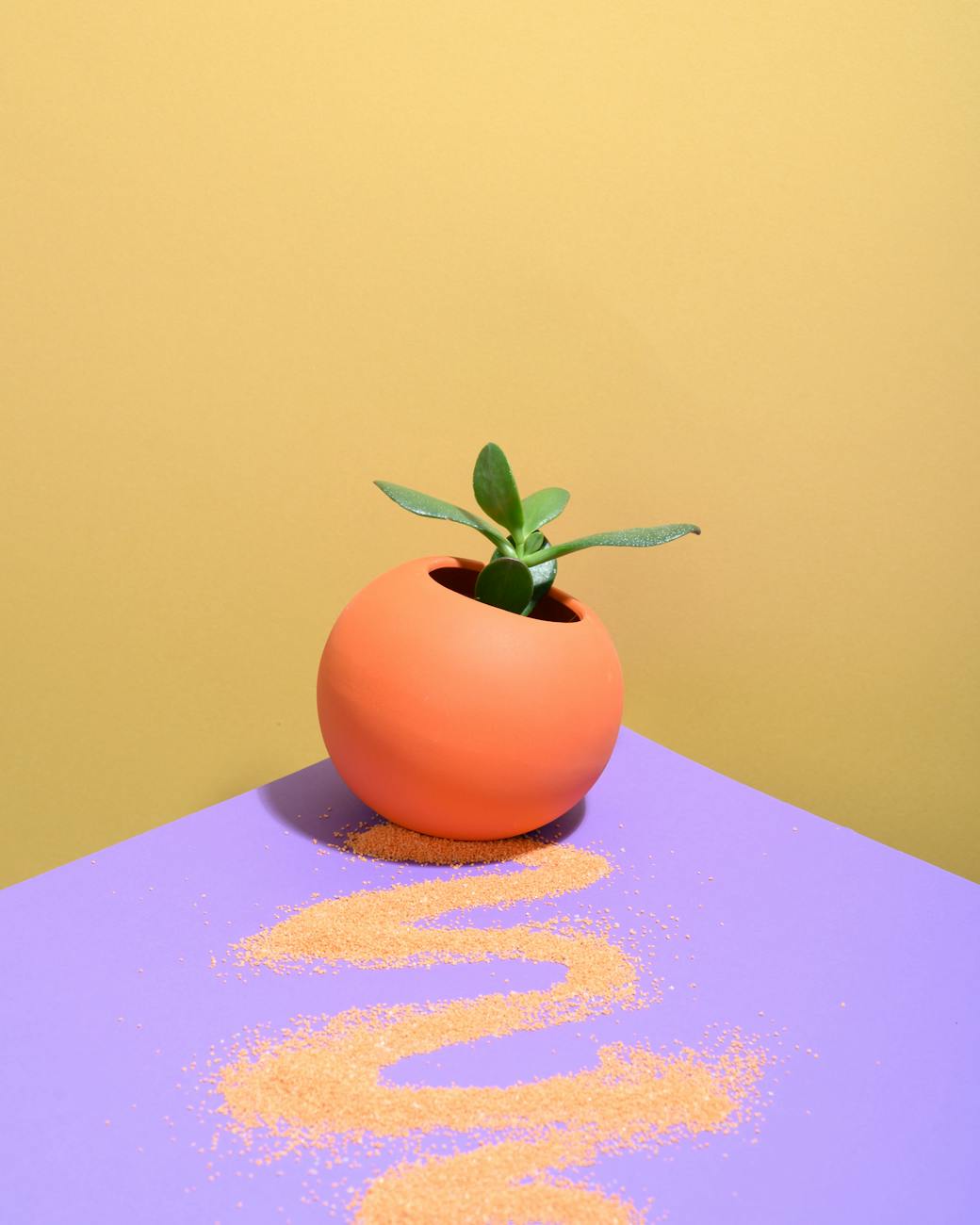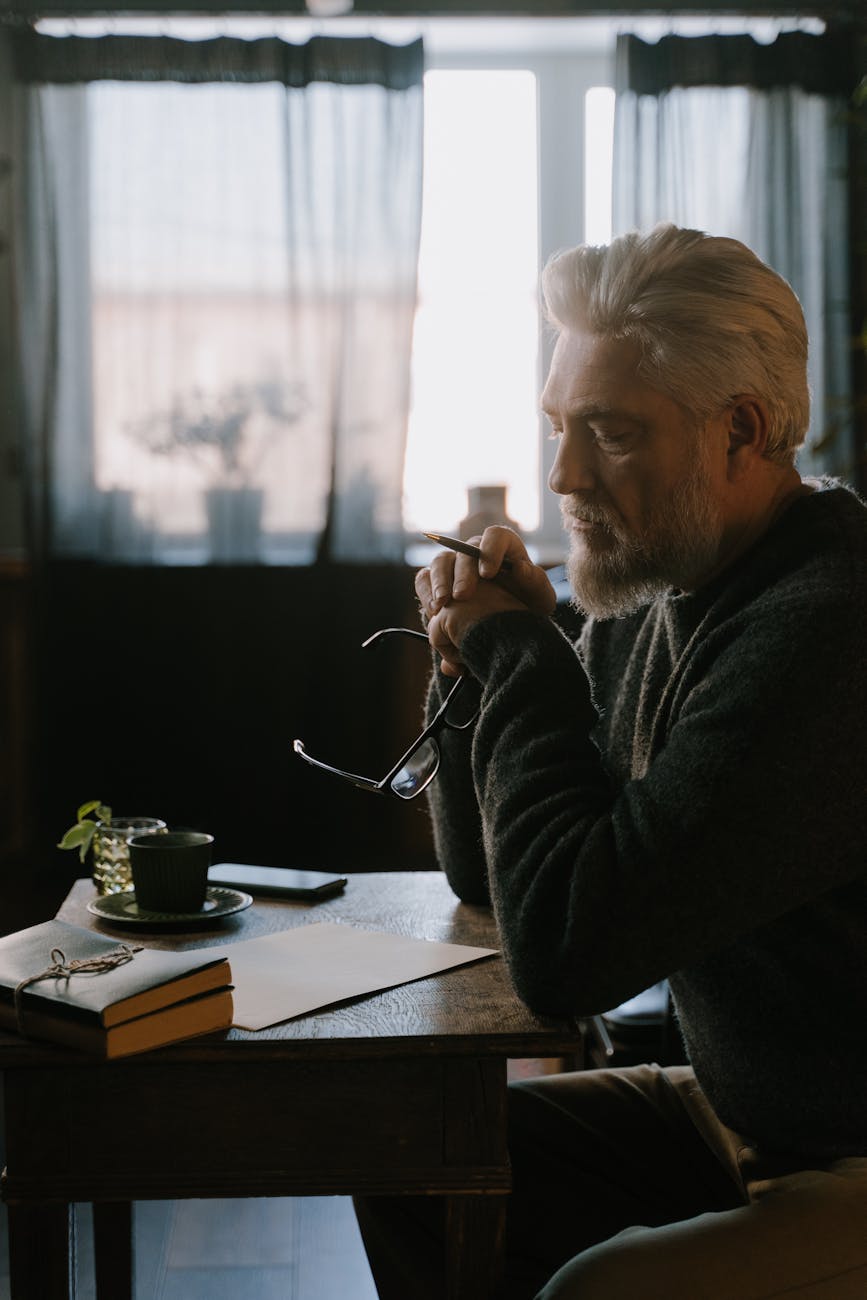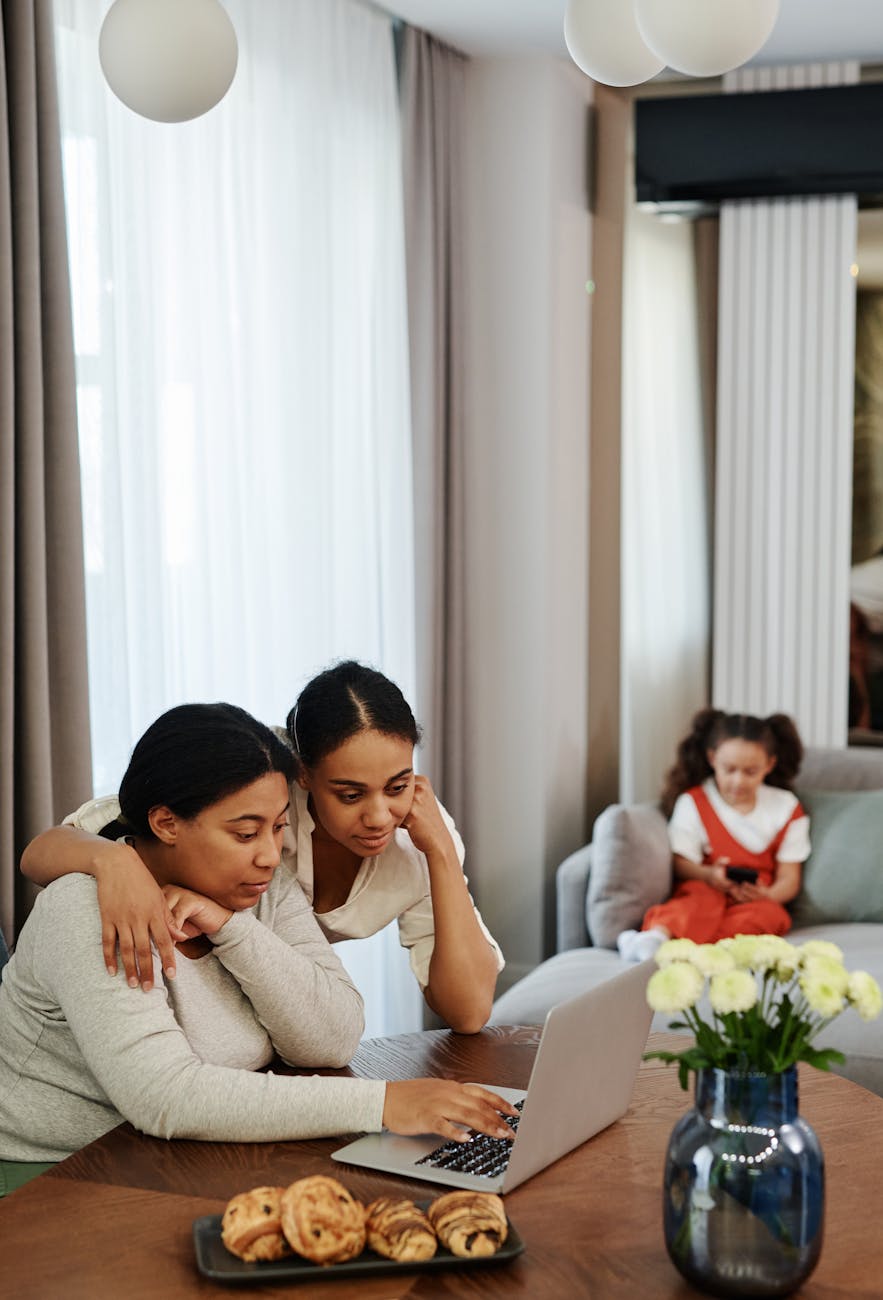Eco-Friendly Design Trends: Sustainable Practices in Interior Design

Embracing Eco-Friendly Practices in Interior Design
As sustainability becomes an increasingly important concept in all industries, interior design is no exception. Designers are now incorporating eco-friendly practices into their work to reduce environmental

1. Use of Recycled Materials
One of the key aspects of eco-friendly design is the use of recycled materials. Designers are repurposing old wood, metal, and glass to create unique pieces of furniture and decor. By giving these materials a new life, designers are reducing the demand for new resources and minimizing waste.
2. Energy-Efficient Lighting
Another important trend in sustainable interior design is the use of energy-efficient lighting. LED lights, for example, use less energy and last longer than traditional incandescent bulbs. Designers are also incorporating natural light into spaces through skylights and large windows to reduce the need for artificial lighting.
3. Indoor Plants and Biophilic Design
Bringing nature indoors is a popular trend in sustainable interior design. Indoor plants not only add a touch of greenery to spaces but also improve air quality and overall well-being. Biophilic design, which focuses on incorporating natural elements into interiors, has been shown to reduce stress and boost productivity.
4. Water-Saving Fixtures
Conserving water is another important aspect of eco-friendly design. Designers are incorporating water-saving fixtures like low-flow toilets and faucets into their projects to reduce water consumption. These fixtures not only help the environment but also save homeowners money on utility bills.
5. Minimalist and Multifunctional Design
Minimalism and multifunctional design go hand in hand with sustainability. By keeping spaces clutter-free and using furniture that serves multiple purposes, designers can create more efficient and eco-friendly interiors. This approach not only reduces waste but also encourages a simpler, more intentional lifestyle.





